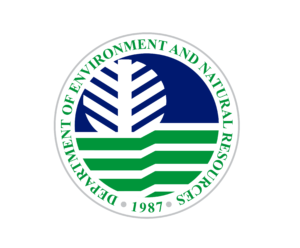Eighteen provinces including Pampanga have been identified as highly exposed to climate change.
Environment and Natural Resources Secretary Maria Antonia “Toni” Yulo-Loyzaga bared the list of the most vulnerable provinces in the country during a forum on climate change organized by the Philippine Disaster Resilience Foundation (PDRF).
Yulo-Loygaza said based on the National Adaptation Plan (NAP) her department drew up last year, the 18 provinces with “high exposure” to climate change are:
• Albay
• Bulacan
• Cagayan
• Camarines Norte
• Camarines Sur
• Capiz
• Cebu
• Eastern Samar
• Iloilo
• Leyte
• Masbate
• Negros Occidental
• Pampanga
• Pangasinan
• Quezon
• Samar
• Sorsogon
• Zamboanga del Sur
“This is the ranking that actually refers to exposure to heat, to extreme rainfall, to flooding,” Yulo-Loyzaga explained.
Based on the 2020 census, the population of these 18 provinces total at least 30.8 million.
Except for Catanduanes, all the provinces of the Bicol region—Albay, Camarines Norte, Camarines Sur, Masbate and Sorsogon are considered in the climate change high exposure list.
Metro Manila, the most densely populated region in the country, ranked in the medium-low to low exposure to climate change.
The DENR chief stressed that the “granularity” of this analysis needs to be appropriated to more localized level to allow the local government to make decisions.
These data form part of the department’s integrated approach in crafting new “evidence-informed plans on mitigation and adaptation.”
Aside from the NAP, the DENR and the Climate Change Commission also completed two other key documents, which were presented and became basis of the negotiations of the Philippine delegation to the United Nations Climate Change Conference (COP28) in Dubai, UAE last December 2023. The two documents were: the National Greenhouse Gas Inventory and the National Determined Contribution Implementation Plan (NDCIP).
Globally, the Philippines is ranked the riskiest country in the last two World Risk Index reports from a list of 193 countries. The risks are measured based on the exposure to natural hazards and its vulnerability or level of preparedness.
“What makes us the riskiest, however, is our low level of prevention and preparedness, making our vulnerability the highest,” Jaime Augusto Zobel de Ayala, chairman of the Ayala Corp. and co-chair of the PDRF, said during his welcoming remarks.
This and the supertyphoon Yolanda (international name Haiyan), Zobel de Ayala explained, were the reasons the PDRF shifted its strategy to add preparedness, prevention and resilience to its original mission of helping in the relief and recovery efforts of the government.



